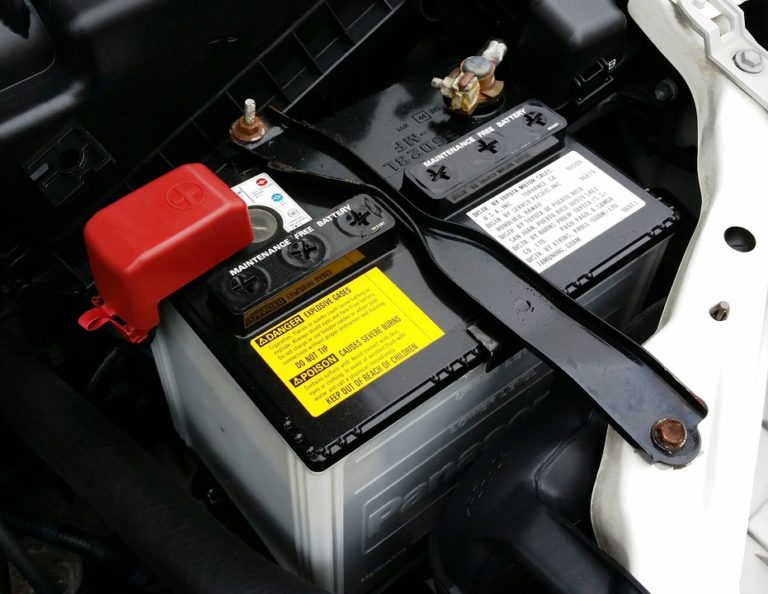Until 1960, “dynamos” which are direct-current generators, were used to run the electrical systems, but these are rough, heavy components with a lower power/weight ratio. The growth in electrical demand for road-vehicles auxiliary systems made it necessary to come up with a device capable of producing higher amounts of electricity with a minimum fabrication cost and weight. Hence, the alternator was born. The first car to use an alternator was the 1960 Chrysler Valiant.
The simpler definition of an alternator is that of an AC motor, directly connected to the crankshaft by a transmission belt. The alternating current generated is then converted into DC thanks to the rectifier diodes and used to run the electrical systems of the vehicle. An alternator is a compact device mounted to the engine’s body and, since it drives the ECU and virtually all of the electric systems, the alternator is one of the most critical auxiliary components of the engine.
When the alternator fails, all the electrical systems fail; this is why it’s essential to know when we are facing a problem related to it. So you may be asking yourself what symptoms of a bad alternator? Well, you’re in luck. Here are some of the most common symptoms of a bad alternator.
When running on engine power, the front lights of your vehicle seem to be blinking.
Let’s suppose that you’re about to go out for dinner and, as you start your engine, you notice that the front lights of your vehicle are blinking, the first thing people always do is to check the lights to see if they are loose or the cables have suffered any damage. Still, most of the times, this symptom ends up meaning that your alternator is failing.
Blinking lights, if diagnosed as an alternator issue, mean that the rectifiers or the regulator are not working as they should. Rectifiers can get dirty, and they won’t work as they should, or probably they’re overheating, and the alternator issue ends up being a problem with the cooling fan of your engine.
The voltage regulator has to supply enough energy to power the electrical systems and to charge the battery. If the regulator is not working correctly, you’ll end up receiving higher or smaller quantities of power for brief periods; this produces the blinking.
Noises are coming from the alternator.

Battery discharges and dies
When we try to start up the engine and nothing happens, we instantly assume that the battery died, and we need to replace it, but this is not always the truth. A battery failure could mean that the alternator is not working as it should, and the battery is not receiving the charge it needs, so it keeps discharging until it ultimately breaks down.
In the best scenario, the problem locates at the charge regulator. Still, in the worst-case scenario, the rotor or stator coils are damaged, and the alternator is not generating any current. The regulator can problem could be fixed by making sure that its adequately connected, by cleaning it or by replacing it with a spare part. In the case of the coils, the only thing you could do is to replace them, but in most cases buying a completely new alternator is a better idea to make sure it would fail for any other reason in an extended period.
The engine stalls and has trouble while starting
Electrical systems are not working as they should
Electrical related problems are the most common symptom of a failing alternator, but detecting mechanical issues, like a worn-out belt or noises, could help you diagnose that your alternator is failing. The battery light on and a non-starting engine is the most common symptoms of a bad alternator.
Always remember that noticing these symptoms helps you diagnose faster your engine problems, and if you face them right on time, you can prevent worse and costly car problems. In this article, we have covered the usual suspects when it comes to common symptoms of an alternator going bad. If you are still experiencing issues after a new alternator, you could have much more severe electrical problems. Talking to a mechanic is advised.

